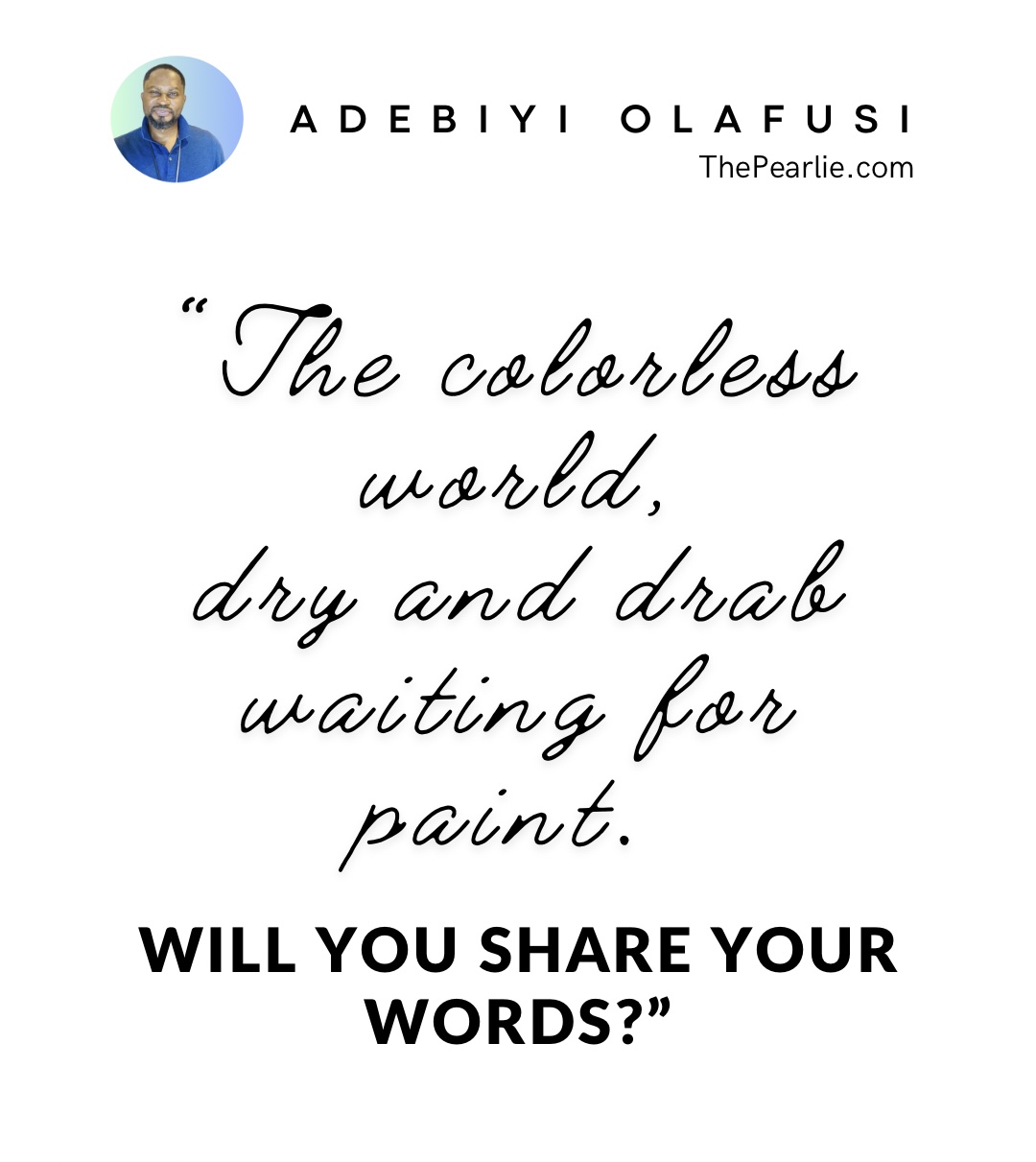
Words, in many ways, are akin to the strokes of a paintbrush in the hands of an artist. Just as an artist’s skill determines the accuracy and beauty of the image they create, our ability to choose and use words effectively shapes the clarity and impact of the messages we convey.
However, since perfection is elusive for now, our communication is often marked by flaws, leading to incomplete or distorted pictures when we speak. He that’s perfect in words is a perfect man – a high standard indeed.
Consider an artist who is suddenly interrupted before they can finish a painting. The unfinished work would likely leave viewers puzzled, unable to grasp the full intention behind it. We can draw a parallel here to conversations:
When we interrupt someone mid-sentence, we prevent them from completing their “painting,” leaving us with an incomplete understanding of what they intended to communicate. Just as we would allow an artist to finish their work to appreciate the full picture, we should listen empathetically and allow others to complete their thoughts before we respond.
Now, imagine if we focused solely on the flaws in a finished painting – the brush strokes that are a bit too heavy or the colors that don’t quite blend. In doing so, we might miss the larger message or emotion the artist was trying to convey.
Similarly, when we focus more on how someone speaks – their tone, choice of words, or even their occasional missteps, we risk missing the core of what they are trying to say.
Your partner, for instance, might struggle to express their feelings clearly. They might use a harsh tone or choose words that come off as insensitive or rude. But if we can look past these imperfections and concentrate on the essence of what they are attempting to communicate, we might find that their message is far more meaningful than their flawed delivery suggests. They are, after all, trying to paint a picture with their words. By overlooking the flaws, we can respond to the overall idea rather than the rough edges.
This concept also applies to the snippets of conversations we often see on social media, particularly those involving preachers or public figures. These brief, out-of-context clips can create a picture that is far removed from what the person is actually saying. Without the full context, the “painting” is incomplete, leading to misunderstandings or misinterpretations.
To truly understand the messages others are trying to convey, we must cultivate patience. This means becoming better listeners – focusing on the overall picture people are painting with their words rather than getting hung up on the imperfections in their delivery. It requires us to overlook the occasional misstep, the poorly chosen word, or the awkward pause and instead tune into the core of the message.
In a world where quick judgments and interruptions are all too common, developing this kind of patience and empathy can be transformative. By allowing others the space to complete their thoughts, by resisting the urge to fixate on their flaws, and by focusing on the larger picture they are trying to paint, we can foster deeper understanding and more meaningful connections.
So, the next time you find yourself in conversation, remember the analogy of the artist. Let the speaker finish their painting. Don’t rush to critique the individual brush strokes. Instead, take a step back and appreciate the entire canvas. By doing so, you’ll not only become a better listener but also a more compassionate communicator, capable of seeing the beauty in the imperfect pictures we all create with our words.
